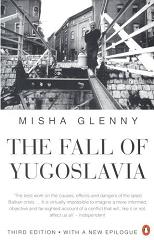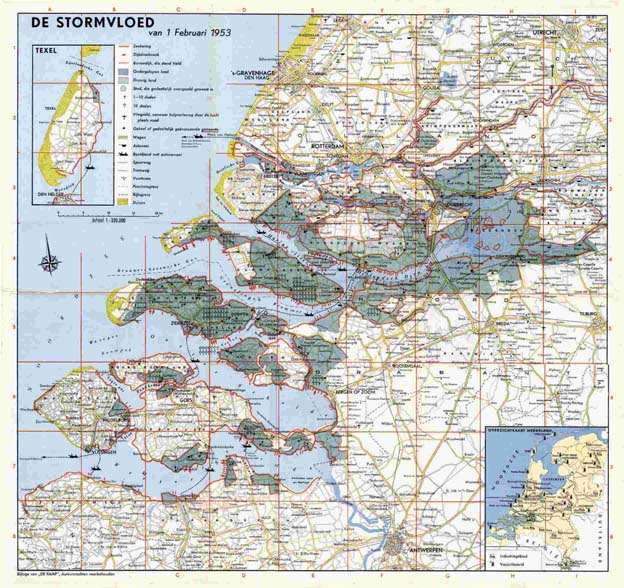The Lucy Parsons Project (not to be confused with the Alan Parsons Project) website is dedicated to Lucy Parsons, a late 19th century/early 20th century anarchist labour activist, one of the founders of the Industrial Workers of the World, as well as the widow of one of the Haymarket martyrs. A remarkable woman, not in the least because she fought for workers’ rights at a time when the United States was still an extremely sexist and racist society.
[…]Born in Texas, 1853, probably as a slave, Lucy Parsons was an African,Native and Mexican-American anarchist labor activist who fought against the injustices of poverty, racism, capitalism and the state her entire life. After moving to Chicago with her husband, Albert, in 1873, she began organizing workers and led thousands of them out on strike protesting poor working conditions, long hours and abuses of capitalism. After Albert, along with seven other anarchists, were eventually imprisoned or hung by the state for their beliefs in anarchism, Lucy Parsons achieved international fame in their defense and as a powerful orator and activist in her own right. The impact of Lucy Parsons on the history of the American anarchist and labor movements has served as an inspiration spanning now three centuries of social movements.
While most people remember Lucy Parsons in relation to the events surrounding her husband, Albert
Parsons, and their comrades’ executions (known as the Haymarket affair), Lucy’s own legacy and passions have a long and courageous life history all their own. Lucy was known for her writings, her courage as a dissident woman of color, her unbending commitment to social justice, and, most of all, her powerful, fiery public speeches. She led tens of thousands of workers into the streets in mass protests, drew enormous crowds wherever she spoke and was considered a dangerous, explosive and robust threat to authorities across the United States. For over 30 years her lectures were shut down by the police, often arresting her before she ever reached the podium. Hearing Lucy speak at all was a rare opportunity that sparked a passion for rebellion in working and poor people from coast to coast. The Chicago police labeled Lucy Parsons “more dangerous than a thousand rioters.” [1]
The Haymarket Massacre happened on 4 May 1886 when during a police raid on a meeting of labour organisors somebody threw a bomb which killed one police officer. After this the police went wild and in the ensuing riot several more police men were killed, as well as an unknown number of civilians. During the police reprisals which followed, Lucy’s husband Albert Parsons was arrested and later condemned to death
[…] Following the bomb at Haymarket the police responded the next day by rounding up several of the city’s leading anarchist labor activists, including Lucy & Albert Parsons and several of their associates, none of which had anything to do with the bombing – most were not even at the event. Lucy was jailed several times for the event and eventually released, but her husband, Albert, and 7 other anarchists were sentenced, not for the bombing, but for their beliefs in anarchism. Lucy went on a nationwide tour gathering support across the US for her husband and comrades in jail, delivering powerful speeches and reaching hundreds of thousands of people within a couple of months, but it was not enough. In the end, 1 of the anarchists, Louis Lingg killed himself in prison. 2 others, Michael Schwab, and Samuel Fielden, were sentenced to life in prison, while Oscar Neebe got 15 years; and the other 4, Albert Parsons, August Spies, Adolph Fischer, and George Engel were hung. [2]
The IWW, or Industrial Workers of the World was one of the first American unions to push for a broad union, wanting to organise all workers, not just the ones in a given craft Its ultimate goals was not as much to improve condiutions for its members as it was revolution. Lucy herself had also helped found an earlier union, the International Working People’s Association, of which the IWW would take over several principles.
The IWW was born in Chicago in 1905, a product of more than 200 trade unionists, socialist, anarchists and industrial unionists. From its inception the IWW offered a radical strategy and perspective counter to mainstream labor unions of the day. Unlike the American Federation of Labor, for instance, the IWW set forth to organize women, people of color, immigrants and unskilled workers into one big union, organized along industry lines instead of by craft, and many prominent people of color and women took leadership roles in the IWW such as Ben Fletcher, Elizabeth Gurley Flynn and Frank Little. The IWW believed “the working class and the employing class” had “nothing in common” and urged direct action on the job to win demands and build working class power. [3]
It’s quite inspiring to read about Lucy Parsons and know that no matter how bad the current situation is, things were once worse, that it was due to the hard work of people like Lucy Parsons that we got the freedoms we have today. If she could overcome racism, sexism and class prejudices to do what she did, surely we can do no less.
Please check out the website as it provides an excellent overview of Lucy Parsons’ life, as well as the struggles she was involved in, from workers’ rights to civil rights for black people. If only there were more of this sort of social(ist) history websites.
[1] From the biographic summary at the Lucy Parsons Project.
[2] From the Lucy Parsons Project pages on the Haymarket Massacre.
[3] From the Lucy Parsons Project pages on the IWW


